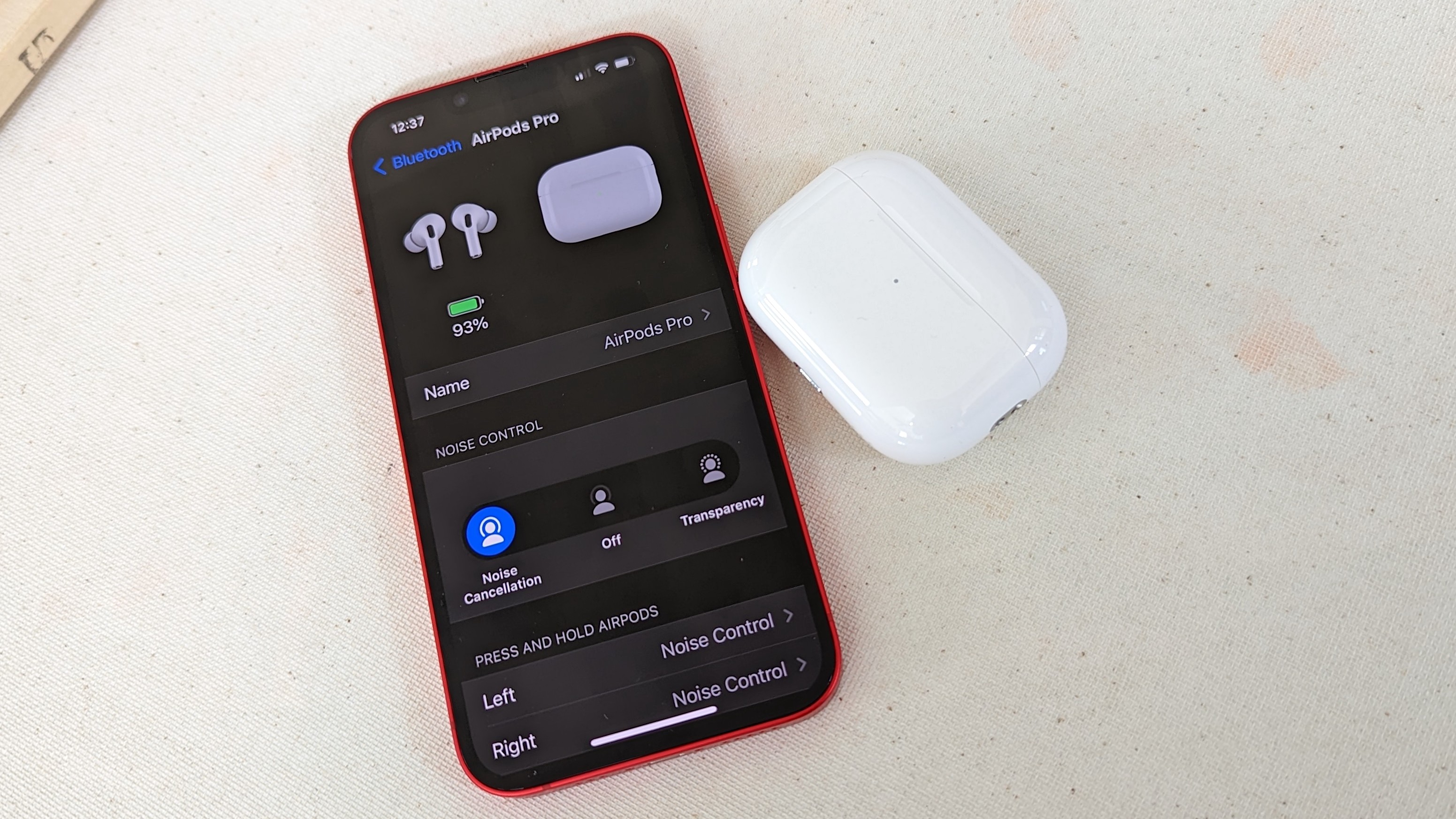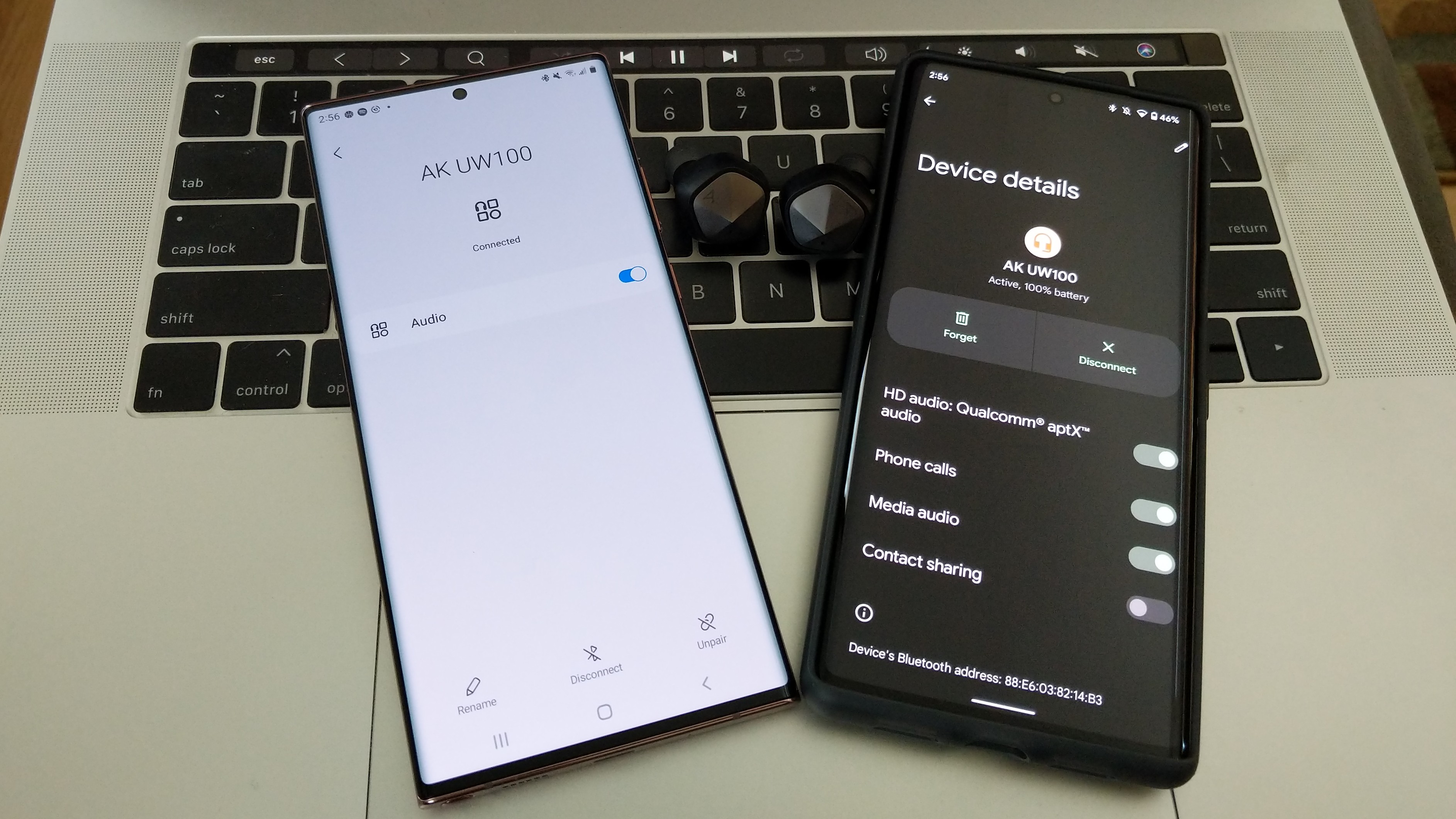5 ways to squeeze more battery life out of your wireless earbuds
Optimize battery life on your wireless earbuds by applying these 5 simple tricks.
Wireless earbuds are an essential EDC (everyday carry) item for most of us. We use them daily when commuting to work or travelling. They keep us entertained and help block out unwanted distractions. Some even enhance our listening experience by delivering hi-fi, theater-like sound in the smallest design possible. As much as we love them, we also have that one complaint: not enough battery life.
Not all the best wireless earbuds come with lengthy playtimes. In fact, the industry standard for battery life on true wireless models is about 5 to 6 hours per charge and 24 hours for the charging case. Talk about small numbers compared to what the best wireless headphones get you, which is anywhere between 25 to 70 hours, depending how you use them.
As frustrating as it is to recharge your buds almost every other day, there are solutions to optimize battery life for longer listening and talk times. Best of all, none of them require carrying around a power cord or portable charger.
Here are 5 simple tips to get more battery life out of your wireless earbuds.
Partially charge your buds

It feels liberating to walk around with fully charged buds. At the same time, you could wind up doing more damage to the battery in the long run by fully charging it every time. Wireless earbuds have a much smaller battery cell than wireless headphones, smartphones, and portable gaming consoles, which would explain their short lifespan.

On top of that, the longer your buds charge, the more heat they’re exposed to. This degrades the battery faster and reduces maximum charge capacity. Anyone with a high-powered Windows laptop or MacBook certainly knows this struggle.
Partial charging is the key. What does that even mean? Simple: power up the buds to about 80 percent, then discharge. Also, monitor the temperature on your charging case because it can often overheat when charging for long periods of time, especially on wireless chargers.
Sign up to receive The Snapshot, a free special dispatch from Laptop Mag, in your inbox.
Turn off all high-end features

Active noise cancellation (ANC) sucks up the most power and models with hybrid ANC suck up even more since they utilize multiple microphones and two circuits for feedback and feedforward cancellation. Adjustable noise cancellation affects power too – setting your buds to the highest intensity drops battery levels quickly. Another detail worth knowing is that ANC works harder (20% – 30% more usage) in loud environments, so monitor the noise levels in your vicinity before turning on the feature.
Some of the latest wireless earbuds boast high-bitrate Bluetooth codecs (LDAC, LHDC, aptX Lossless), which enhance wireless audio greatly, but reduce playtimes since more data is being encoded and decoded simultaneously. Most buds run the most advanced codec by default, so if you’re trying to preserve power, you can change this on the backend of your mobile device (Android only). Enter the Settings, tap on System, select Developer options (make sure it is turned on), and choose your preferred option. We suggest switching to a low-bitrate codec like SBC.
Do the same with spatial audio. iPhone users can disable Apple’s 3D audio platform in iOS, while most Android users can toggle the feature in their buds’ companion app, which has several other battery drainers. These include an equalizer, Find My Buds function, Soundscapes mode, and voice activation; the latter means your buds are always listening for the wake word phrase before turning on.
Lower the volume

Blasting music at max volume won’t just deteriorate your hearing, but also your battery. The more audio being output, the more power that’s required to sustain higher volume levels. This applies to most portable audio products and not just wireless earbuds.
Experts believe that setting volume between 50% to 70% will increase your battery’s life span. If you need more convincing, investigate how some wireless earbuds makers rate battery life on their models. Apple indicates on their website that playtimes for the AirPods 3 and AirPods Pro 2 are determined based on volume being set to 50% and having ANC on. Some brands will even disclose that high volume affects battery life in a footnote on their model’s product page or spec sheet. That’s all the proof you need.
Sidenote: Doctors at Harvard Medical School state that listening to media at 70 decibels is unlikely to cause any significant damage to the ears.
Utilize mono mode

This is one of the more underrated features found on most wireless earbuds. Mobile users who spend lots of time on the phone likely know about mono mode, which lets you use either bud independently. Doing this will preserve talk/listening time on the secondary bud that isn’t being used. You can also have it recharging in the charging case when disabled.
Mono mode is clutch for when you don’t have access to a power source and need to squeeze every minute out of the battery. Keep in mind that mono mode automatically disables certain features to save battery life, specifically ANC, which is engineered for use with both buds.
Limit pairing to one device

We’re seeing more wireless earbuds support Bluetooth multipoint, a feature that allows users to pair their models with two devices at the same time. It makes switching between audio sources a breeze, but also drains the battery more quickly since it requires more power to maintain dual connectivity.
Here’s the best solution: turn it off when both connected devices aren’t being used. It sounds silly to say, but just remember how often you leave the Bluetooth setting enabled on your iPhone. Then remind yourself of the disappointment that follows when seeing your battery levels drop to 10 percent all because you forgot to turn off Bluetooth.
- The best cheap wireless earbuds for every occasion
- Check out the best cheap noise-cancelling headphones: $100 or under
Alex Bracetti writes about all things related to audio at Laptop Mag. From insightful reviews of Sony earbuds to hands-on experience with the Beats Studio Pro, Alex covers everything you need to know in order to buy the best pair of headphones or earbuds. Alex has also written about speakers and audio apps. Outside of Laptop Mag, Alex's work has appeared in our sister site Tom's Guide.
